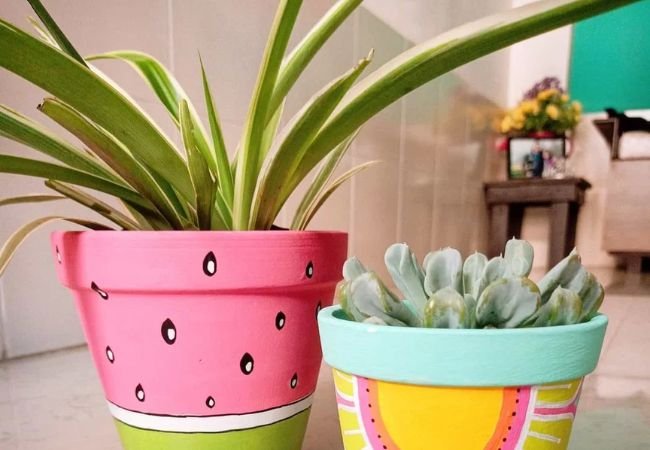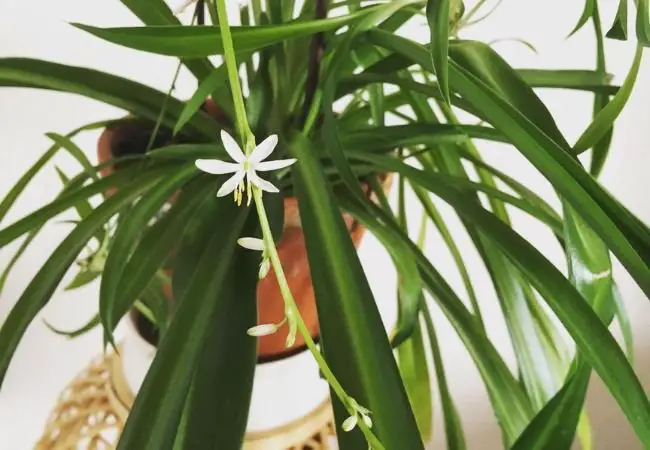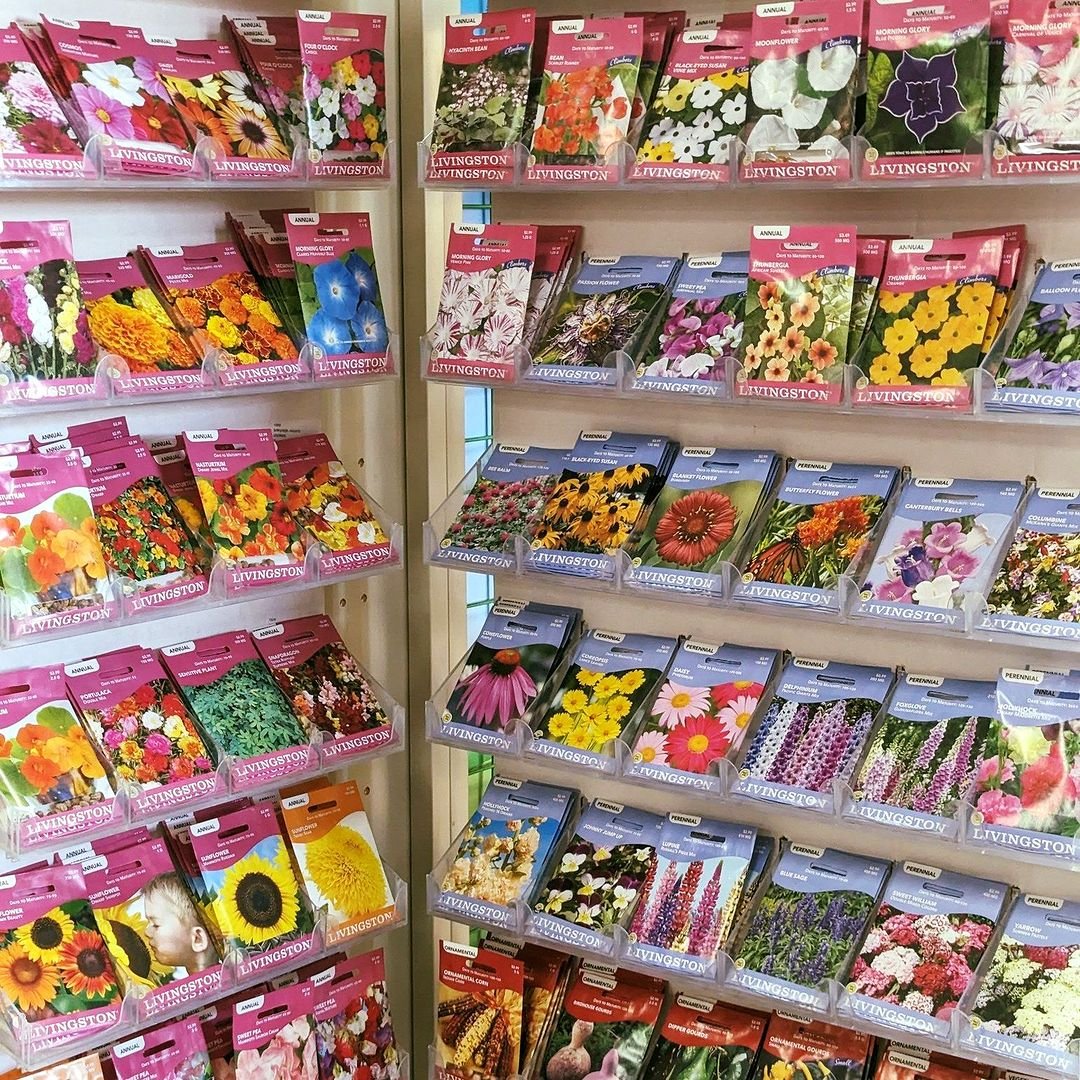Terracotta planters are unglazed clay pots known for their porous nature, which promotes excellent soil aeration and drainage. They’re ideal for plants that prefer dry conditions and are susceptible to root rot. Terracotta pots require regular watering, can develop a patina over time and may need sealing in cold climates to prevent cracking.
As a horticulturist with over two decades of experience in container gardening, I’m thrilled to share my insights on terracotta planters. These timeless clay pots have been a gardener’s favorite for centuries, offering both functionality and aesthetic appeal.
What Are Terracotta Planters?
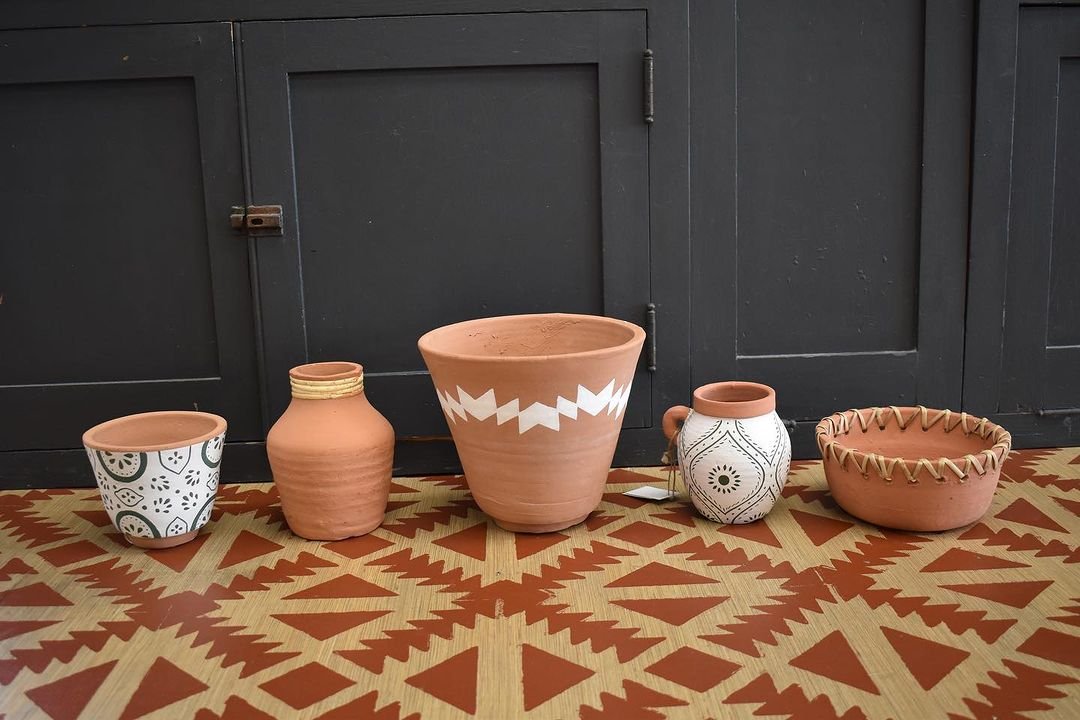
Terracotta, Italian for “baked earth,” refers to unglazed, porous clay pots. These planters are:
- Natural and eco-friendly
- Available in various sizes and shapes
- Known for their distinctive orange-brown color
For more on the history of terracotta in gardening, visit the Royal Horticultural Society’s article on terracotta pots.
Benefits of Using Terracotta Planters
Breathability
Terracotta’s porous nature allows:
- Air circulation to roots
- Excess moisture evaporation
Temperature Regulation
Clay helps:
- Insulate plant roots from extreme temperatures
- Keep soil cooler in summer and warmer in winter
Aesthetic Appeal
Terracotta pots offer:
- A classic, timeless look
- Ability to develop a beautiful patina over time
Caring for Terracotta Planters
Cleaning and Preparation
Before use:
- Soak new pots in water for 24 hours
- Scrub used pots with a mixture of 1 part bleach to 9 parts water
Sealing (Optional)
In cold climates:
- Apply a terracotta sealer to prevent frost damage
- Reapply sealer annually
For more on winterizing terracotta pots, check out Clemson Cooperative Extension’s guide.
Watering Considerations
Due to their porous nature:
- Water more frequently than with plastic or glazed pots
- Check soil moisture regularly
Best Plants for Terracotta Pots
Succulents and Cacti
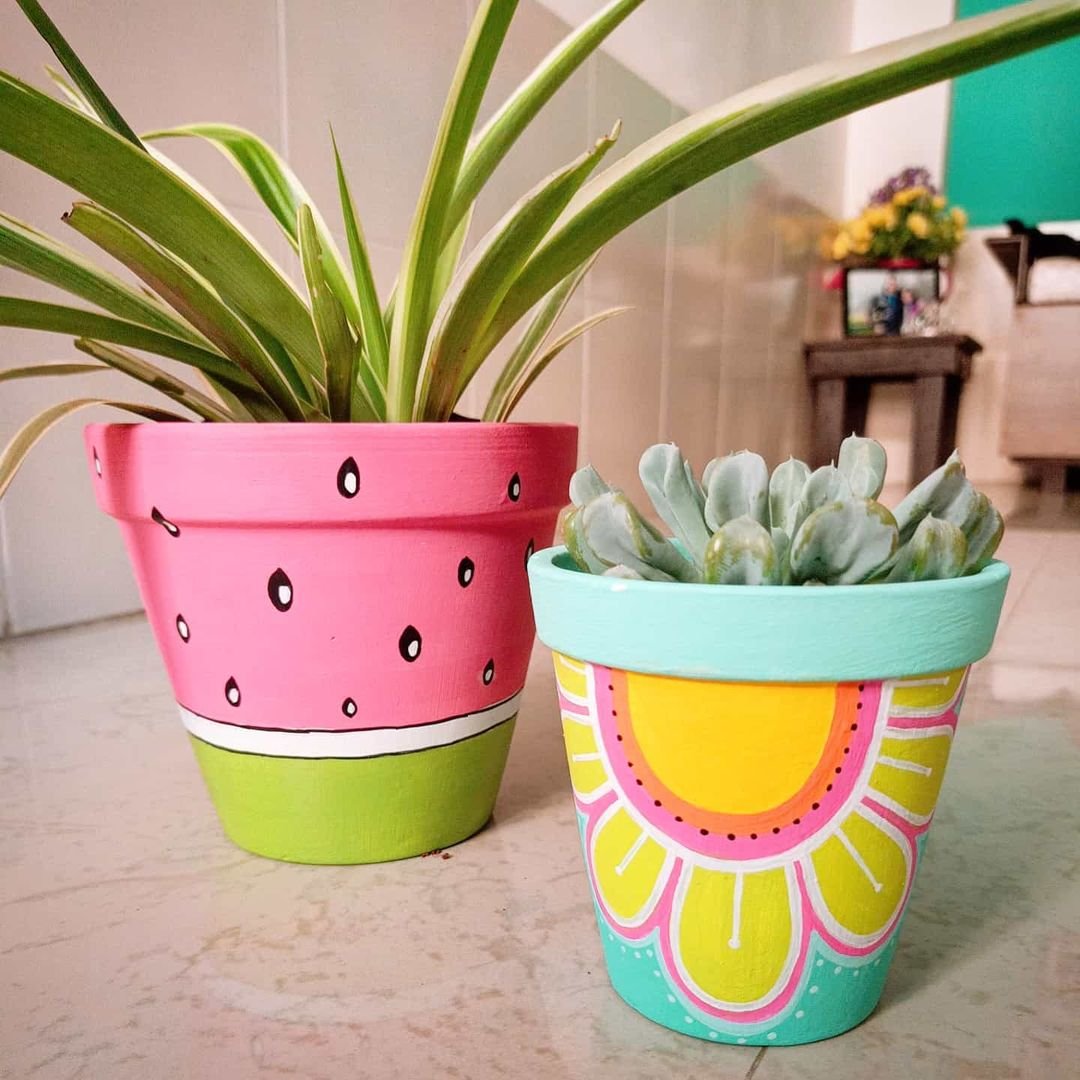
Ideal due to:
- Excellent drainage
- Soil drying between waterings
Mediterranean Herbs

Thrive in terracotta, including:
- Rosemary
- Thyme
- Lavender
Drought-Tolerant Flowers
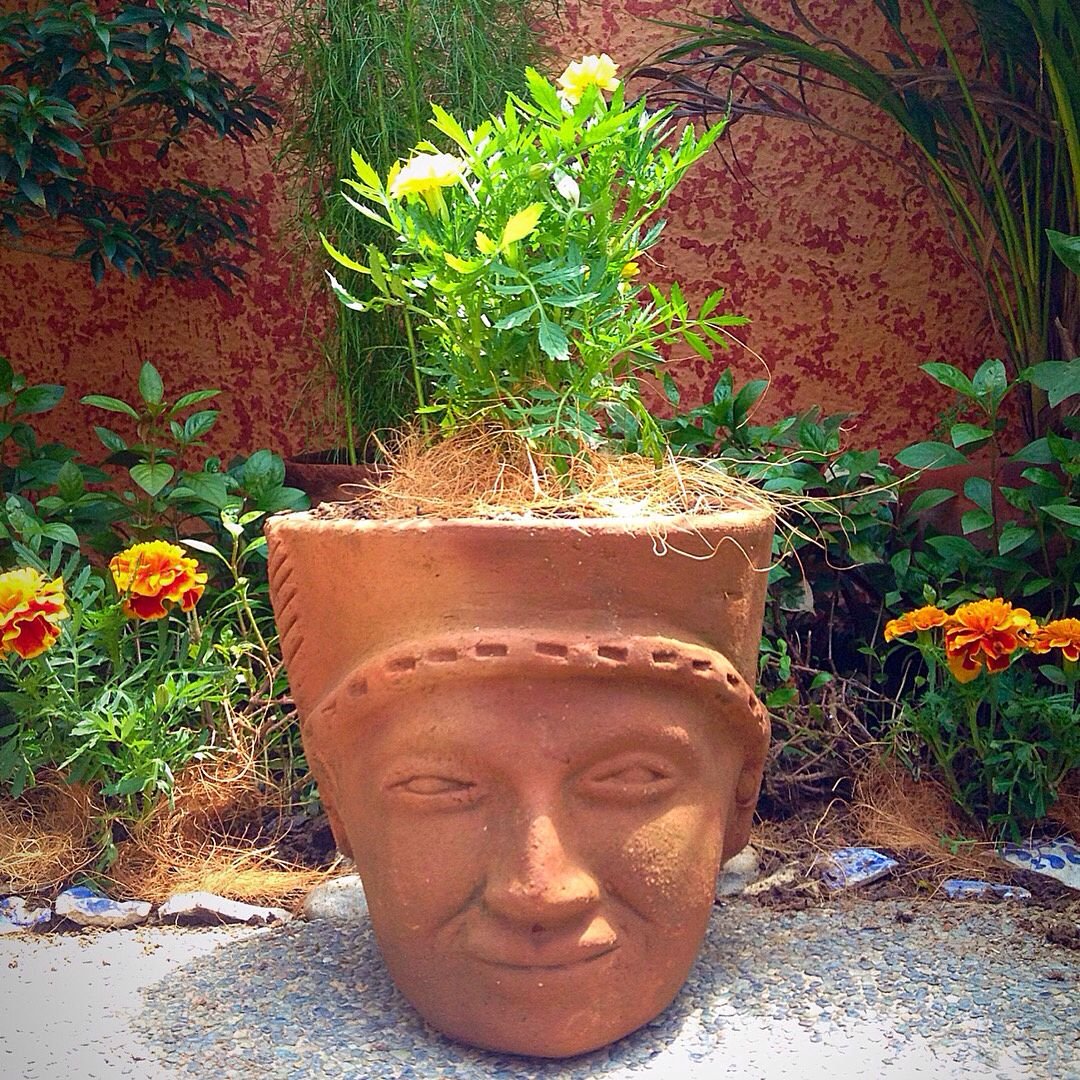
Suitable choices:
- Geraniums
- Petunias
- Marigolds
For a comprehensive list of plants suitable for terracotta, visit the University of Illinois Extension’s container gardening guide.
Creative Uses for Terracotta Planters
Herb Gardens
Create a functional and attractive herb garden using various sizes of terracotta pots.
Vertical Gardens
Stack and arrange pots to create a vertical garden on walls or fences.
Decorative Accents
Use terracotta pots as:
- Candle holders
- Garden border edging
- Outdoor table centerpieces
Troubleshooting Common Issues
White Residue
Caused by:
- Mineral deposits from water and fertilizer Remove by:
- Scrubbing with vinegar solution
Cracking in Winter
Prevent by:
- Moving pots indoors or to a sheltered area
- Using pot feet to elevate from ground
Soil Drying Out Quickly
Mitigate by:
- Using a moisture-retaining potting mix
- Applying a layer of mulch on top of the soil
For more on solving common container gardening problems, check out Penn State Extension’s troubleshooting guide.
Terracotta planters offer a perfect blend of functionality and aesthetic appeal for gardeners. Their porous nature promotes healthy root systems, while their classic look enhances any garden or indoor space. By understanding the unique properties of terracotta and following proper care techniques, you can enjoy these timeless containers for years to come. Whether you’re growing herbs, succulents, or flowering plants, terracotta pots provide an excellent environment for a wide variety of plants to thrive.
For more information on container gardening techniques, visit the National Gardening Association’s container gardening resource.
For more gardening tips and plant care guides, visit usagardenhub.com.

